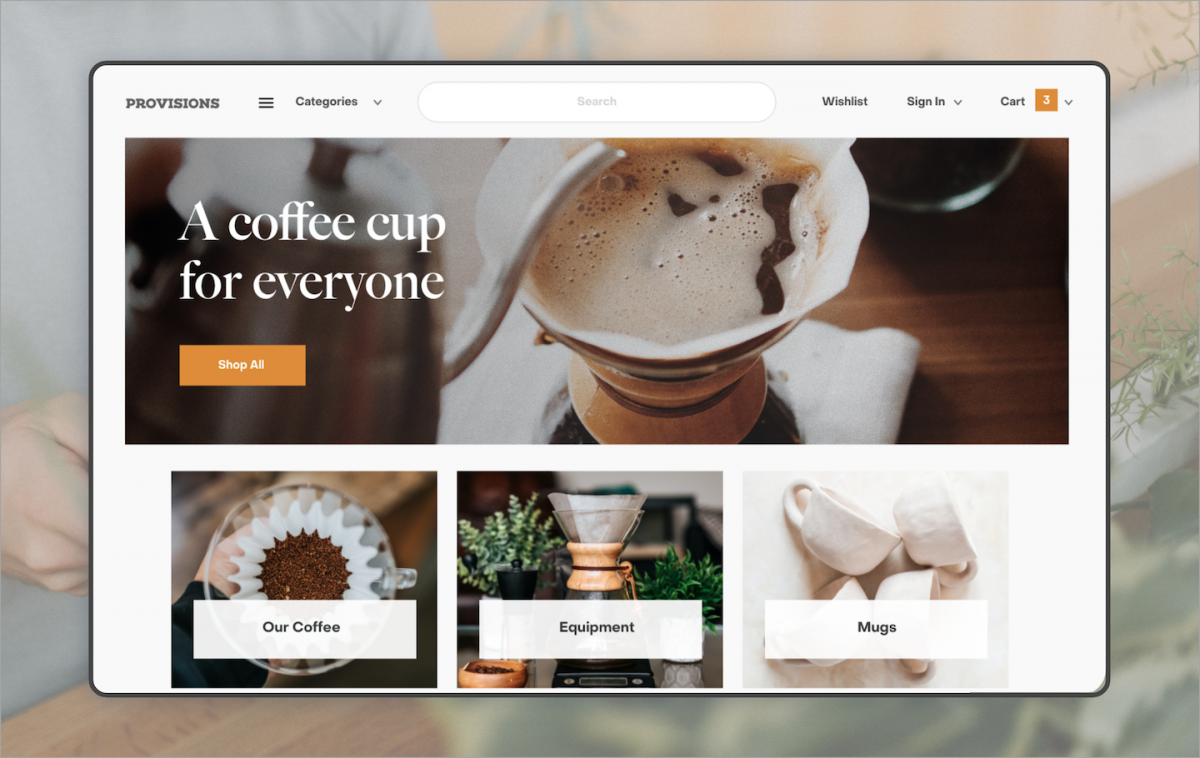 Author By Miva |
Author By Miva |- Posted on
- • August 28, 2020
- DTC
- Ecommerce Resources

Changing customer habits have added new challenges and opportunities for food and beverage business to sell food products online. Whether it’s monthly snacks or custom baked goods, consumers are increasingly looking to the internet for their food and grocery needs. In the US alone, ecommerce sales of food and beverages are expected to reach $38 billion by 2023.
Shifting to a digital food and beverage sales model comes with certain considerations. Many shoppers are not accustomed to buying food products online without seeing them in person first. Sellers also need to navigate food safety, expiration, logistics and delivery issues. These challenges are further compounded by restraints caused by the ongoing coronavirus pandemic.
Despite this, food and beverage merchants can thrive by being organized, agile, and creative. In this article, we dig into how to sell food online and discuss what you need to succeed.
Know the Legalities and Regulations
Food safety should be a top priority when selling food products online. You’ll need to comply with laws that govern how you make, package, and sell your products online. Depending on what you sell and where you manufacture your products, you may be required to register with the Food and Drug Administration and adhere to your state’s Cottage Food regulations (if you’re using a home kitchen instead of a licensed commercial kitchen).
In addition, you’ll need to get your permits in order, which can include a business license, food handler’s permit, and/or a food establishment permit. If you don’t plan to manufacture your food, you’ll also need to look for reputable suppliers to ensure safety and quality of ingredients.
Prep Your Shipping
When purchasing food products online, customers expect to receive their orders quickly. The fragility and shelf life of your product(s) need to be taken into account when these orders are being shipped. This means you need to have in place a solid fulfillment process or a reliable shipping partner who can get your products safely to customers. Consider the distance between your facility and where you intend to ship when offering delivery options and advertising shipping speeds.
With the current strain on delivery and supply chains due to COVID-19, online food sellers need to be transparent with delivery times. This will help increase customer loyalty and generate repeat business—two success factors for food ecommerce brands.
Consider Your Packaging
When shipping perishables, you need to protect your products from physical damage, contaminants, and unsafe temperatures. In addition to durable and smart packaging, you’ll need to meet labelling requirements including disclosing all ingredients and mentioning your preparation process. This is important for building customer trust.
Pick Your Niche and Pair it with Quality Branding
Good branding can be an online food merchant’s secret ingredient. Because online shoppers can’t sample your products in person, a compelling brand allows you to communicate your products’ value and story. You’ll need to determine your niche. What can customers get from you that they can’t get from other sellers? Do you provide affordable prices, gourmet offerings, or diet-friendly meals? With COVID-19 still impacting the market, you may consider developing a brand around providing in-demand items like snacks and frozen foods.
Cook Up an Enticing Site Experience
When selling food online, it’s all about the presentation. High-quality photography and detailed descriptions are essential, but sellers can take it a step further with videos, customization options, and eye-catching merchandising tools. You’ll want to show off the details and ingredients of your products and offer a well-designed site that brings it all together.

Grab the Attention of Foodies
Whether you’re launching a new online food brand or you have an established business, marketing is going to play an important role in your success. Selling food online requires you to build an avid following of foodies and appeal to their cravings.
Social media platforms like Facebook and Instagram are great for sharing appetizing images and encouraging product discovery. You can use email marketing to send hyper-relevant content like ingredient spotlights, holiday items, and limited promotions that drive shopper action. You can share your expertise through valuable content like articles, recipes, nutrition tips, and listicles to invite readers to engage further with your brand.
How to Sell Food Online: Next Steps
Selling food products and beverages online gives you the opportunity to stand out in a growing market. Your business need to prioritize three things: preparing products safely, delivering them to customers with efficiency and style, and building interest in your offerings with irresistible marketing and branding.
Once you figure out your branding, supply, and fulfillment, you’ll need make sure your ecommerce platform is capable of adapting to your needs and scaling over time. Find out what ecommerce solutions you need for selling food online and making your website stand out.




